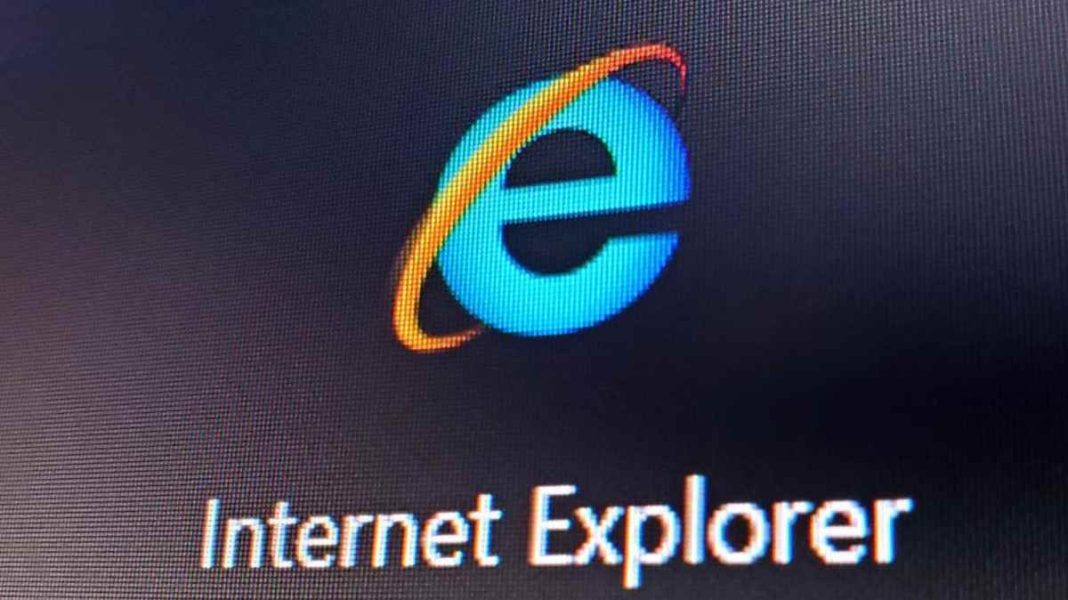The year 2022 has been a year of surprises in the world of technology. From applications like ChatGPT passing exams for fun without human help to Elon Musk’s takeover of Twitter, the world saw it all. But as the world saw the introduction of new technology and innovative products, many of them were also discontinued for good. Yes, it is true that for many tech enthusiasts and loyal consumers, these come as a shock, but the companies also have to maintain their economic viabilities. And there is also no reason to continue a technology or product that has been underperforming for a long time. Here is the list of products that will not be available anymore.
Blackberry
There was a time when the QWERTY keyboard and BBM instant messaging were things of pride in the technological world. Blackberry handsets were mostly owned by business professionals and dominated the cellphone world in the first decade of the 2000s. In 2009-2010, in the US alone, the company sold more than 50 million handsets. But with the release and development of iPhone and Android devices, Blackberry started to slip into oblivion. In 2016, the company announced that it would concentrate more on software and outsource its manufacturing to other companies. On a turn of events Blackberry officially said that from January 4, 2022, Blackberry 7.1 OS, Blackberry Playbook OS 2.1, and Blackberry 10 software will no longer function and users will be unable to even make phone calls or text messages. Owning a Blackberry handset now can only serve as a paperweight.
Apple iPod Touch
The gadget that changed the world of music lovers’ ways of consuming tunes has officially come to an end. To many, it may come as a shock, but it was inevitable with the rise of smartphones. It is true that the Apple iPod Touch was not only an aesthetically pleasing device that provided fine-quality audio but also a sort of style statement. It’s worth noting that Apple sold a significant number of iPods even after the release of several iPhones and other Android devices on the market. But spending $199 for a device for listening to music is asking quite a lot in this digital era. It is quite questionable, though, why Apple took so long to put an end to this product. That said, the Apple iPod will always be remembered as a revolutionary product in the world of technology.
Meta Portal Smart Displays
In 2018, Facebook Inc. announced the release of “Meta Portal” smart displays and videophones. It consisted of four models: Portal, Portal+, Portal TV, and Portal Go. Video chats and tracking the movements of people via Messenger or WhatsApp could have been accomplished with these products. Though the concept was impressive and users lauded the audio and video quality of the device, Portal received harsh criticism when it came to the privacy policy. The device was also unable to compete with Amazon’s Echo products and was finally discontinued in November 2022.
Google Stadia
Nicknamed “Netflix for games,” when Google introduced the concept of Stadia in 2019, the gaming community had very high expectations. The idea that you could play cloud-based games without a console was surely futuristic and appealing to the world. Google also provided a dedicated Stadia controller, which can be connected via WiFi. But as time went on, things did not materialize as Google had promised. Stadia was offering games like “Cyberpunk 2077” or “Red Dead Redemption 2,” which were already available to users on other platforms. Stadia got off to a good start with its futuristic venture, but it never grew large enough to compete with giants like PlayStation Cloud Gaming and XCloud Gaming. Google officially announced in September 2022 that they would be closing this venture, and on January 18, 2023, the venture came to an end with users receiving refunds for game or hardware purchases made through the Google Store.
Microsoft Internet Explorer
Released in 1995 and authored by Thomas Reardon, you will not be able to use Internet Explorer (IE) anymore. Before a handful of browsers burst into the scene, Internet Explorer was the primary way of accessing any website. Microsoft made the decision to discontinue support for Internet Explorer in 2015, citing compatibility issues as well as the slowness of the browser. In June 2022, the company called an end to this browser in favor of their faster and more secure Microsoft Edge. They even said that the icons of IE present in the old models will take the user to Microsoft Edge for a better user experience. Though it must be kept in mind, MSHTML and the Trident engine, the core technology behind this browser, will continue to support IE mode in Microsoft Edge at least until 2029.
Mars InSight of NASA
To study the deep interiors of the planet Mars NASA launched a robotic lander by the name of InSight (Interior Exploration using Seismic Investigations, Geodesy, and Heat Transport) on May 5, 2018. The lander was manufactured by Lockheed Martin Space and landed on the Elysium Planitia on Mars on November 26, 2018. The machine stayed active on Mars for 4 years and 19 days, and its main purpose was to plant a seismometer for understanding heat transfer and seismic activity on the planet. The robotic lander was performing well and providing unique science data, but due to the massive amount of dust on its solar panels, recharging the device became an issue. Though NASA kept the robotic lander in low-power mode, it totally lost communication with it on December 15, 2022. An official statement about the end of the mission came on December 21, 2022.
Firefox Reality
In 2018, Mozilla, under the name “Firefox Reality,” designed and launched an open-source browser that would support AR and VR and could run on the Oculus Rift, HTC Vive, Pico, HoloLens, and many other devices. The browser offered a 360-degree panoramic view of images and viewing of 3D models and WebVR games. In 2022, the company abruptly decided to end this venture and sold ownership to Igalia, which would use this technology in its free browser Wolvic. No official statement was made by the company on why they abruptly sold this venture.
Amazon Glow
Amazon launched an interesting product by the name of Glow at their annual hardware event that took place in September 2021. The device was solely aimed at kids and was equipped with video calling features combined with projection technology. Kids could do virtual activities like solving puzzles, playing games, or creating art on the table while talking on video calls, making the process more interactive. Priced at $300, the company initially sold it only by invitation but later made it available to the general public. Within six months, the company put the device on the shelf as it never reached a solid customer base. The device was buggy, overly priced, designed oddly, needed enough space, and also required a paid subscription to Amazon Kids+. On December 31, 2022, the company killed another of its experimental products and discontinued it by disabling its video-calling features.
YouTube Go
In 2016, the “YouTube Go” app was launched as a subsidiary of the primary YouTube app, keeping in mind countries with high data prices, slow networks, and low storage problems. The app allowed many features of the parent app, like offline viewing of videos and nearby sharing. But as time went on, YouTube started to make improvements and was able to provide seamless performance even on entry-level phones or in places with slow networks. Also, the company wanted to push its users to buy the Premium plan, which is $12 per month. This made the company say a final goodbye to the YouTube Go app on August 20, 2022, through a blog post.
Instagram Hyperlapse, Boomerang Apps, IGTV
Instagram launched “Hyperlapse,” a time-lapse video app, in 2014; “Boomerang,” a looping video app, in 2015; and “IGTV” in 2018. The company introduced these apps to make video creation not only enjoyable but also effective. Hyperlapse did not have a very large download base with merely 23 million, but Boomerang had 301 million global downloads. Though “Hyperlapse” was only based on iOS, “Boomerang” was available on both iOS and Android. On March 20, 2022, the company announced that all these tools would be shut down. It is understandable why they took this step; the company does not want to crowd the interface of their main app, which has already become quite popular. The taking down of “IGTV” is also relevant, as they want to simplify the video department too.
Conclusion
The development of technology has been a driving force in making our lives simpler. To maintain that and enhance performances, it is relevant that devices with improved performances and updated technologies are the ones that will find a place in this competitive world. There were many other premium and experimental products and technologies that were discontinued in 2022, but the ones mentioned in the list are from companies that are well-known around the world.
See more: Apple iPad (2022): Specifications And Review: Everything You Should Know Before Buying


